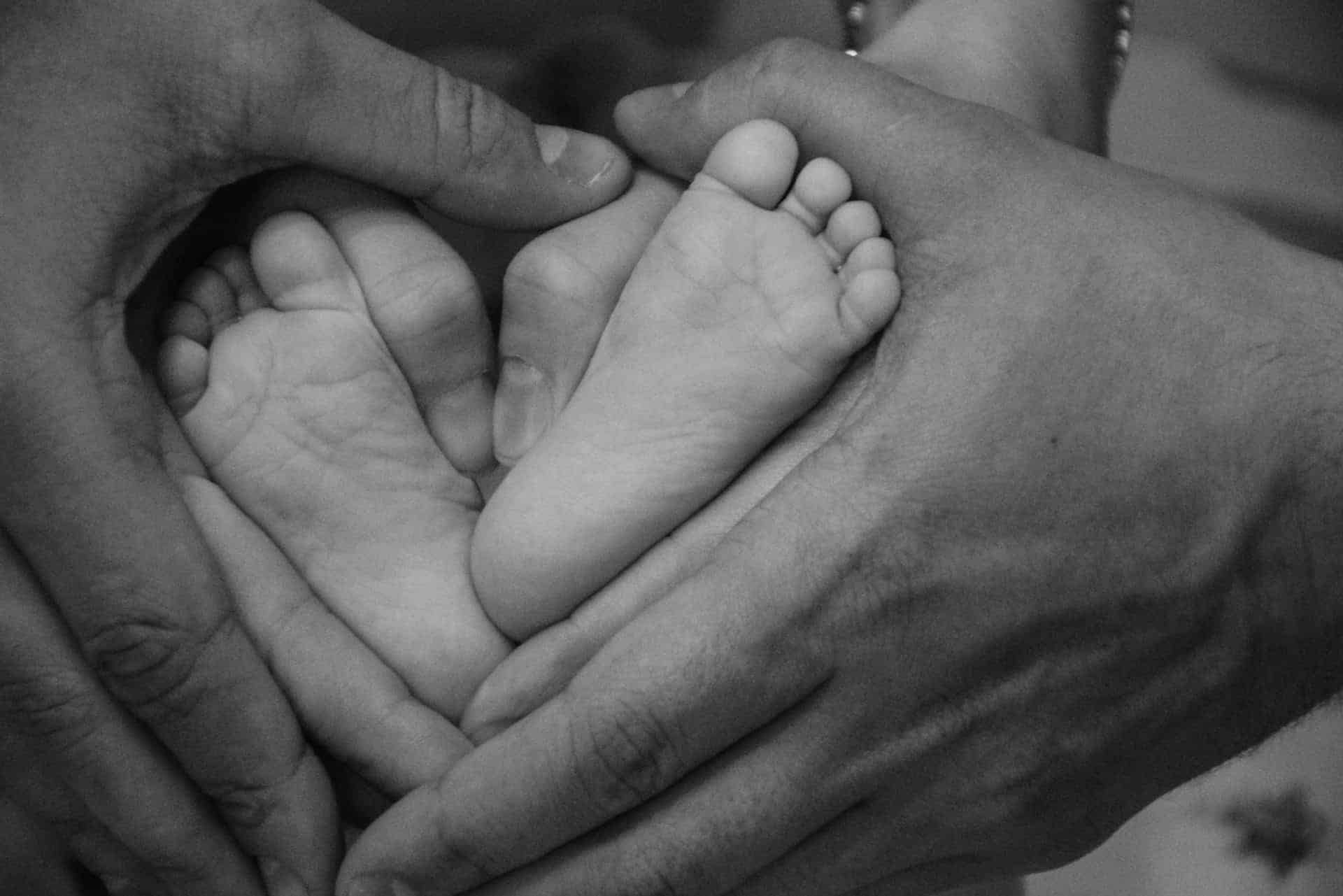
Children’s feet are not simply little adult’s feet – they have a unique developmental pattern of their own. A check-up with our podiatrist at my FootDr Singapore is recommended if:
- You notice uneven shoe wear
- You notice any skin rashes, hard skin, lumps or bumps on the feet
- Your child complains of recurrent pain in the feet or legs
- Your child’s knees knock together during walking
- Your child is constantly tripping and falling
- Your child doesn’t like to walk and wants to be carried constantly
Or if you have any other concerns about your children’s feet.
Podiatrists are highly skilled health professionals trained to deal with conditions of the feet and lower limbs. Podiatrists have completed a Bachelor of Podiatry or higher degree and are continually upgrading their skills and knowledge through further education and training.
Children’s feet differ from those of adults, as they are not yet fully formed. Around 10cm long at birth, the feet will double in size by the time your child is one year old. At 6 months of age the foot is still mostly cartilage, by 18 years, most of the bones (1/4 of all the bones in the body) are fully formed.
By 6 months your baby will be aware of and begin to play with both feet. The only footwear babies need is socks for warmth, as they are not constrictive and allow the feet to grow normally.
At around 12 months most children begin standing and walking. Those first steps are always exciting but just imagine – your toddler will walk the equivalent of 4 times around the world in a lifetime! Rapid growth during childhood may require changing the size of your child’s socks and shoes every few months.
By the age of 3, children are learning to jump, skip, hop, kick a ball and pedal a bicycle. Running, a more complex task than walking, is now also being mastered. Shoes should offer protection from injury or cold and still allow freedom and mobility. Make sure there is enough depth, length and width to accommodate the foot. Laces or straps that hold the shoe semanage ly to the foot reduce slippage when walking.
By the age of 6, children’s feet will have a quite grown-up appearance and their walking will resemble the pattern of an adult. Teach them to tie their shoelaces – a skill they’ll need for school. Keeping feet clean and dry and wearing thongs or sandals around the swimming pool helps to prevent tinea and warts – 2 common skin infections.
If you have any queries, do reach out to us by booking an appointment online, send us enquiry form or call our clinic.
